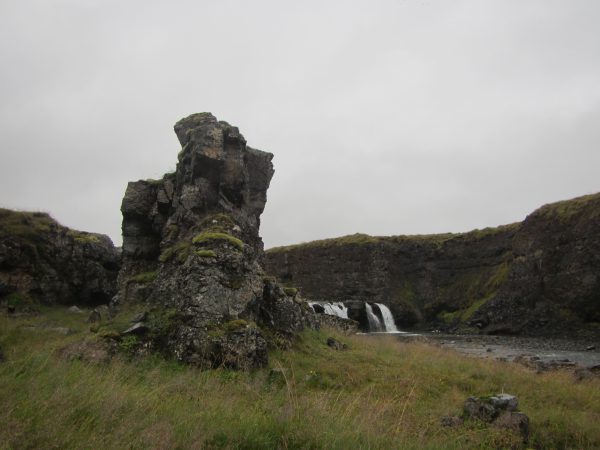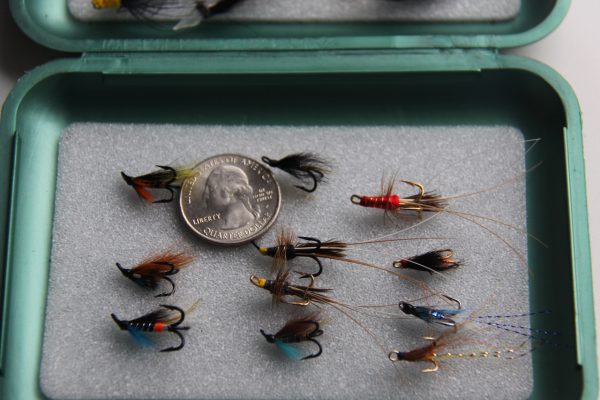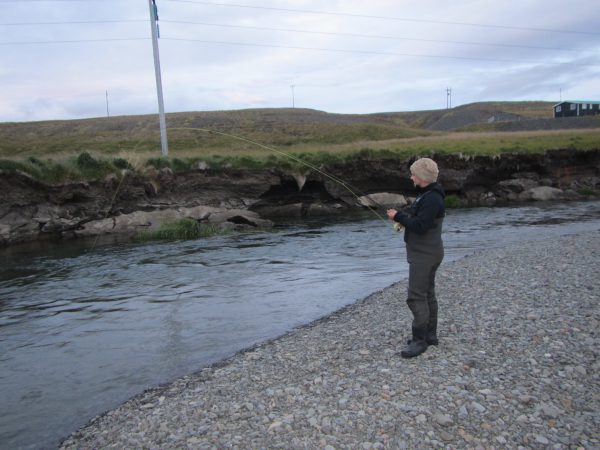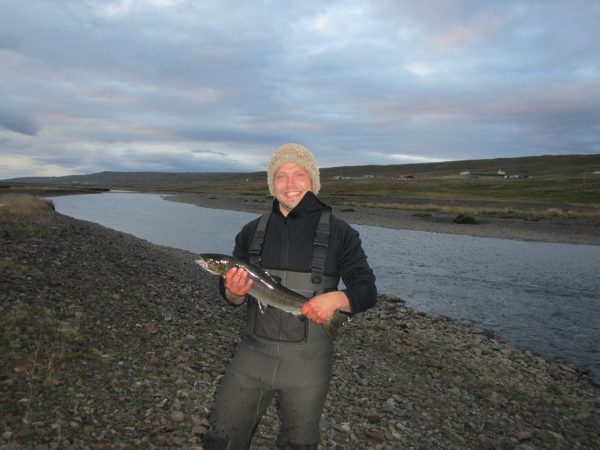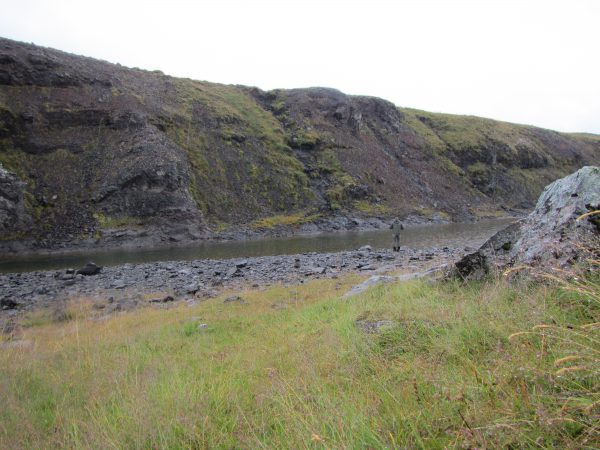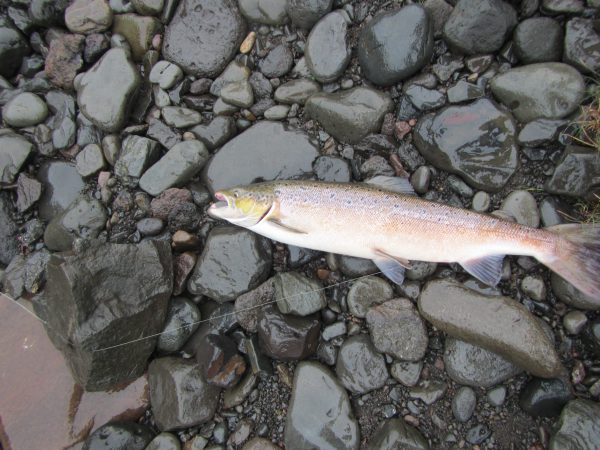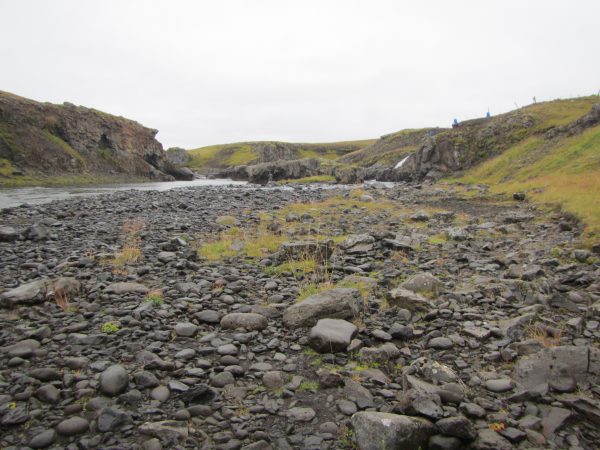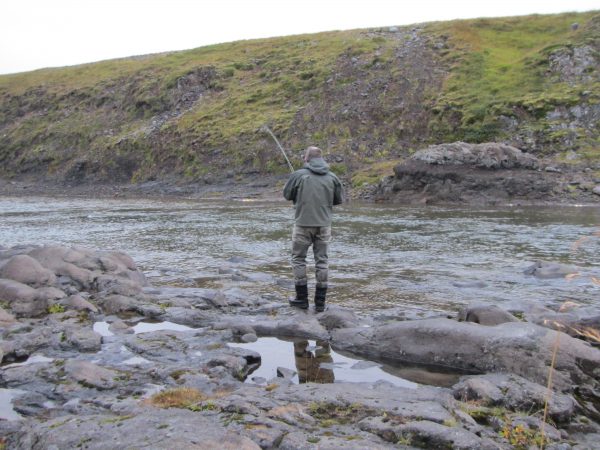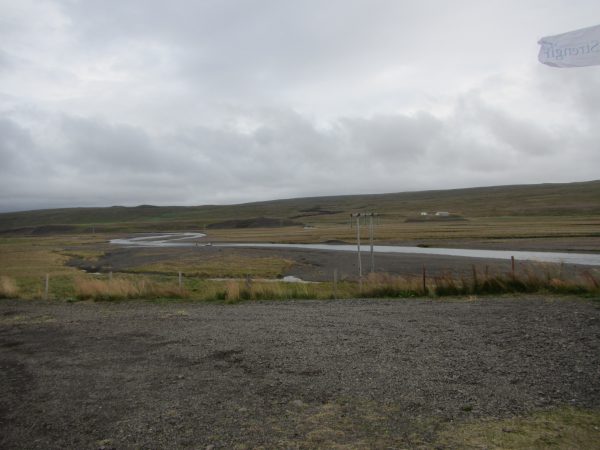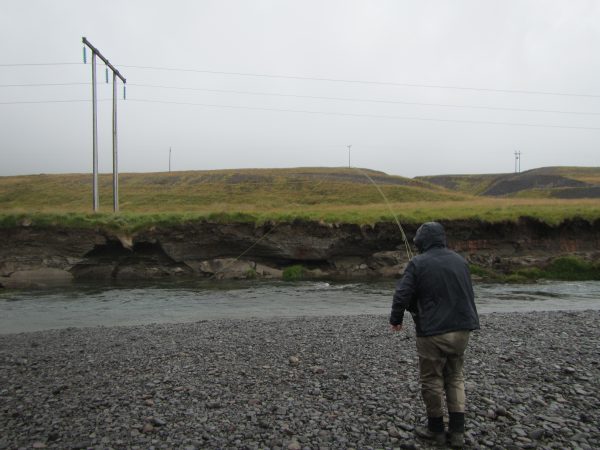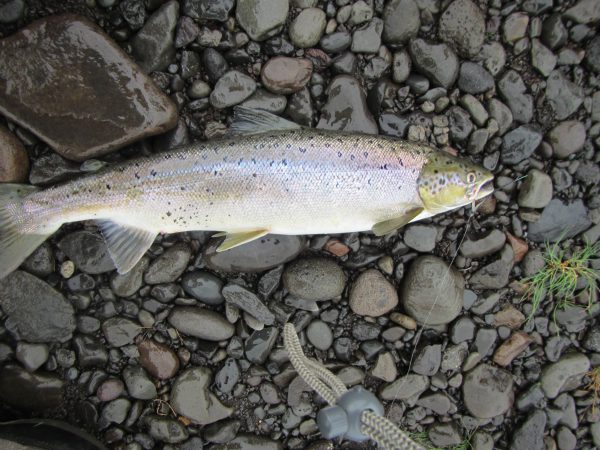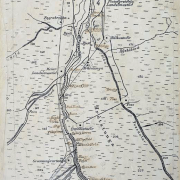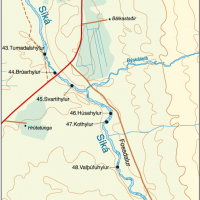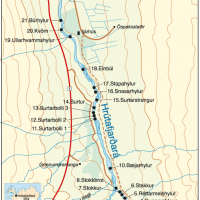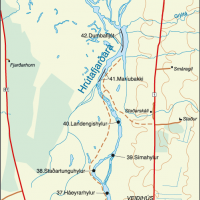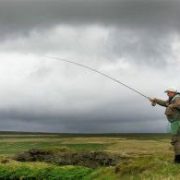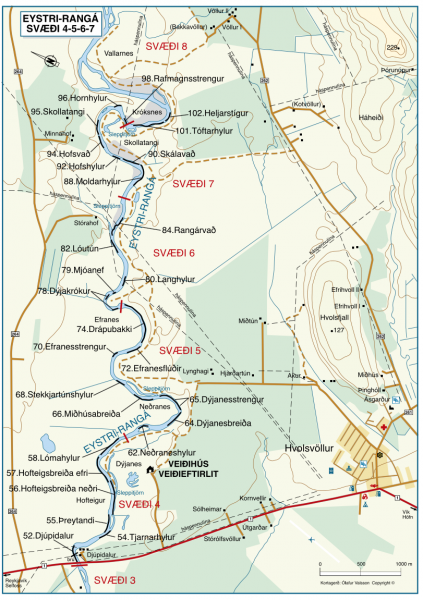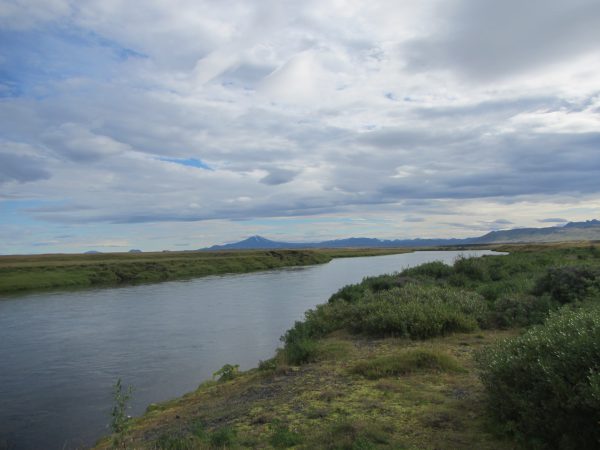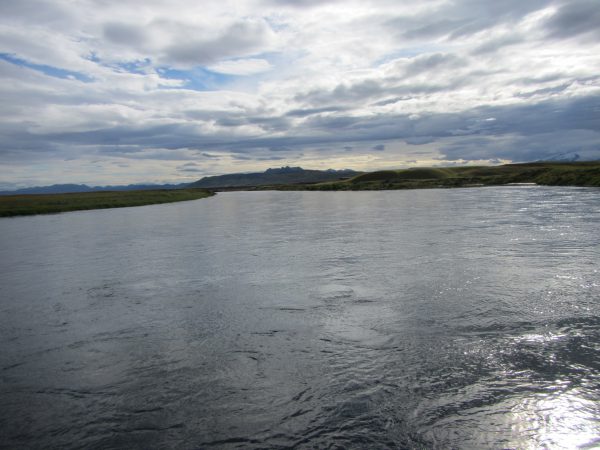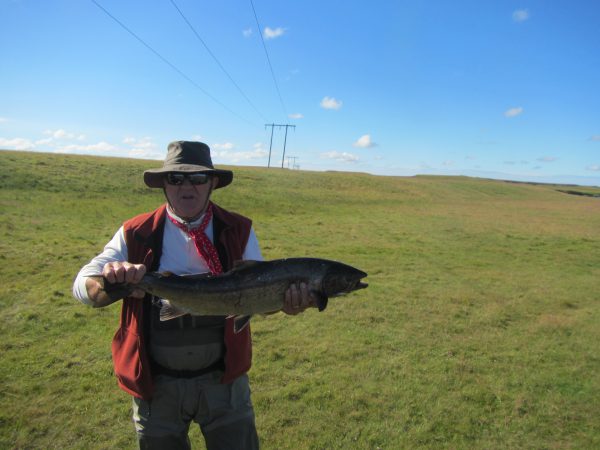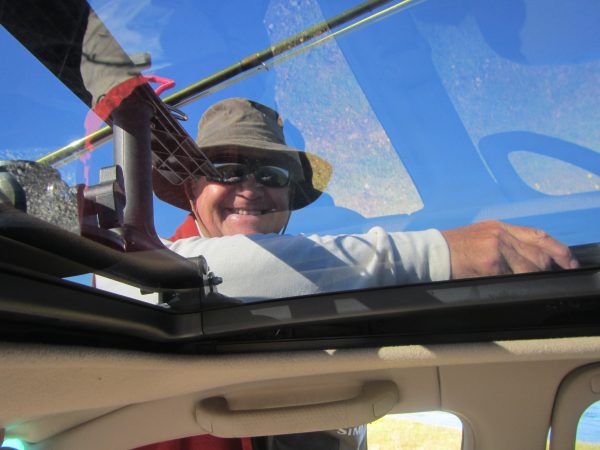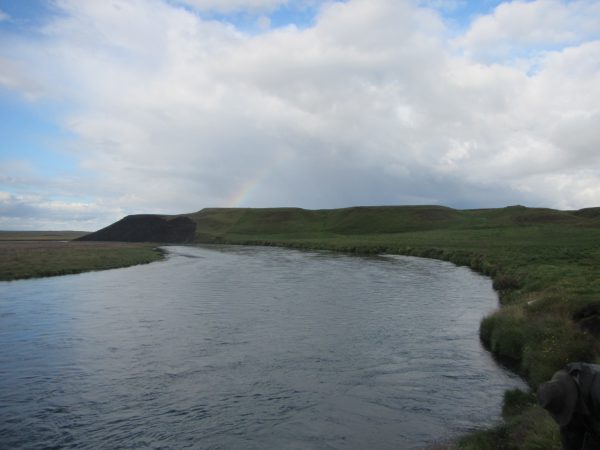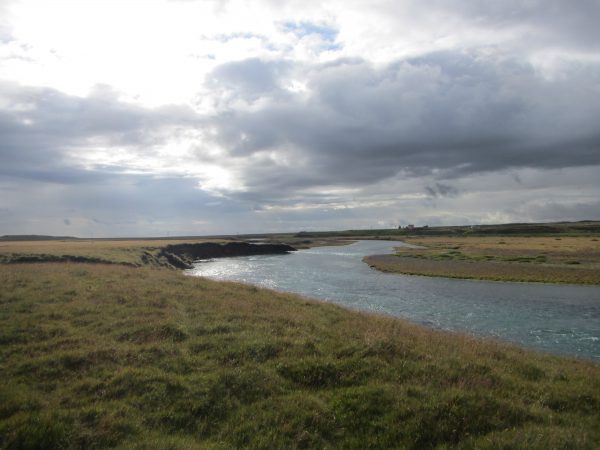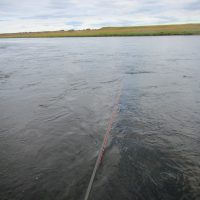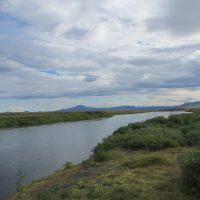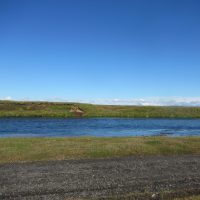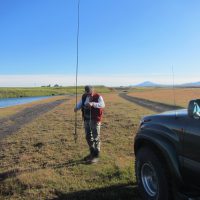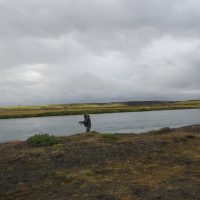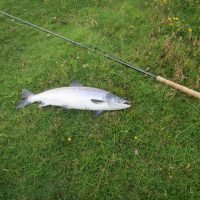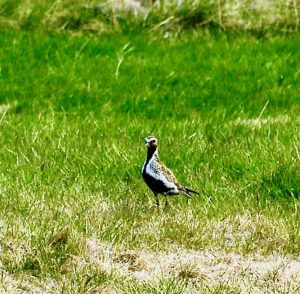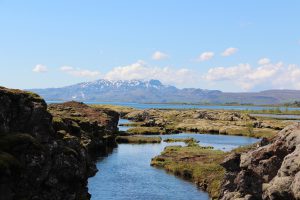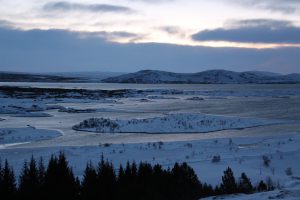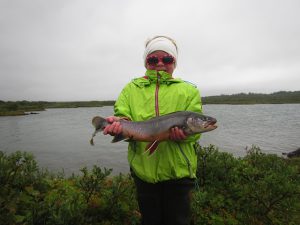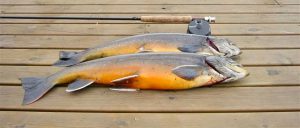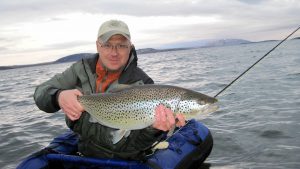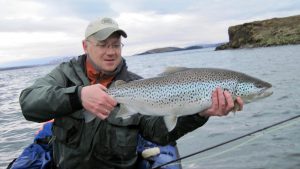Introduction
I fish with my friend Sibbi, whenever we can team up. He is about 20 years younger than I, and it is quite common that a fishing pair are of different ages. We have some things in common — we just love being outdoors and taking it all in. We suffer fools badly (remember, false modesty is no virtue), and are very old school, both of us. We first met at a lake in Iceland (Vífilsstaðavatn). This is a shallow lake that warms fast in the so called Icelandic spring. This is where the trout start to move the earliest in the Reykjavik area, and naturally that’s where you would find us. I was just starting out on this fishing journey of mine, and I really was a terrible caster and a worse catcher. At that time I was an attending surgeon at the City Hospital, and was working on my thesis. I guess my ego was at least extra-large and all that. We were fishing the Vífilstaðavatn one evening, and I was on call at the hospital. We were fishing with an old crusty trouter, Jón Petersen (the type who wades until water pours into his waders, then he is happy), my cellphone kept chiming, and I was barking orders. At that time Jón and I did not did not know each other, and he turns to me and says, “what is going on, either you are selling moonshine or delivering pizzas.” That cracked up this kid whom I had noticed there fishing. This led to our friendship. He laid out his line like a god (ok, let´s award a him demigod status at this juncture). He was catching char after char and the rest of us were – well, not. However, he was in a foul mood and cursing out his line. “This worthless piece of shit etc. etc.” “Well, Sibbi what is wrong with your line?” He replies “It is too effing short” (at 80 feet!). He was well into his backing at fourteen! The way I roll, I have no problem realizing that someone is way better at something than I am. However, I also know that if somebody can do something manually, chances are that I can copy it and master it. Just imagine the situation — the kid teaching the surgeon with an outsized ego. The kid, however, was willing to teach me in his own way. And to my credit I buckled down, swallowed my pride, observed and took his guidance. He did not teach by talking. I had to observe and figure out what was going on. Let´s assume it could be A or B. I then asked, “do you yada yada A?” He then looked at me with a touch of irritation, and then I knew it was B! He is not the kind that has found the Holy Grail and wants everyone to know about it. Little by little my fortunes improved, and I started catching, and my casting improved, too.
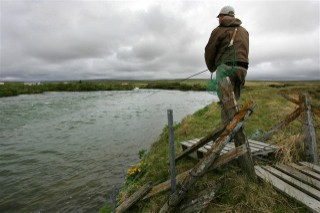
Laxá í Mývatnssveit. Sigurbrandur Dagbjartsson.
The Problem
Sibbi is a marvelous angler (out fishes everyone all the time), and therefore his contemporaries just can’t stomach it. I suspect there is a healthy dose of testosterone poisoning and self-image problems in this situation, but I digress. I have no problem fishing with him because I turn it into a learning experience. By observing and “copy & paste,” I have turned into a decent angler, I like to believe, but I am still learning. In his teens and twenties, Sibbi was a Ghillie (guide) in our top rivers. Sometimes the merriment of anglers at the lodges went on into the morning with resultant late or non-starts. Imagine being a teenager with a whole blue ribbon salmon river for yourself to experiment with.
Once we guided together in a brown trout heaven called Laxá í Mývatnssveit (see my books). The group we guided there for a week there was headed by Mel Krieger and his fishing buddies from California. It was great fun, and in the kitchen we had one of our well known chefs, who incidentally was fond of pot, and his specialty was fish. He was a big bruiser who liked to cooke in shorts. It was very nice to visit the kitchen, and take in the aroma. It turned out that Mel did not eat fish at all. It was all sorted out though. Some of these Californian anglers were very good casters, and it irked them that the kid cast farther than they could. They brought out the shooting heads and special lines to no avail. It was a custom of Americans, at that time, to leave the their gear as an extra gratuity for their Ghillies, instead of lugging it all back home. I was not tipped since I was a surgeon and in their view did not need the money (although I did). However, I was awarded a brand new two piece GLX 9´eight-weight rod. I still have that rod, and fish with it often, and it is still every bit as good as the new rods being touted today. It has lasted much longer than money would have!

Salmon and Red Frances
Self-deception
We have fished lots of lakes and rivers together, and sometimes we do not catch anything. However, we never grumble or get into a foul mood because of that. I have been in the company of countless anglers that become very upset when the going is tough, and I can not stand that attitude. The unpleasant truth is that we sometimes do not have the skills needed for a certain situation. Assume we are in a river, and the first day we catch nothing, and nobody else does either. “There are no fish here” …….. and on and on they go. The day after the fish start hitting and god is in his heaven. Do they think that the fish went somewhere on vacation – to Tenerife maybe? To return 24 hours later? The fish are always there, because they live there – if you do not catch them it is because your skills are lacking in that situation.
I often hear anglers around us comment something like this about Sibbi “He just has some thunder-stick rod.” “He is just so diligent.” “He is just lucky.” “Lady fortune has just touched him” – and on and on. All of it is utter fish crap. I have reflected on this self-deception, which it essentially is, and I think anglers just can not admit that their skills are lacking. Thus, we are back to the testosterone and frail self-image speculation (we sorely need more female anglers). If you can not judge your abilities correctly, chances are that you will have trouble improving.
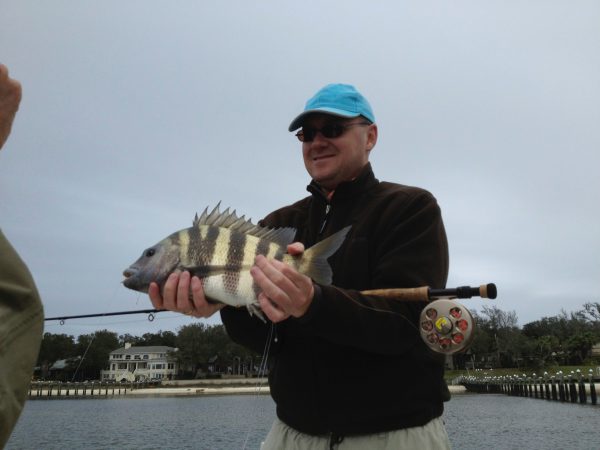
Sheepshead and Sibbi (they almost never take a fly)
The marginal gains
This has been a lengthy rumination to get me to the marginal gains and the way Sibbi does it.
The fly
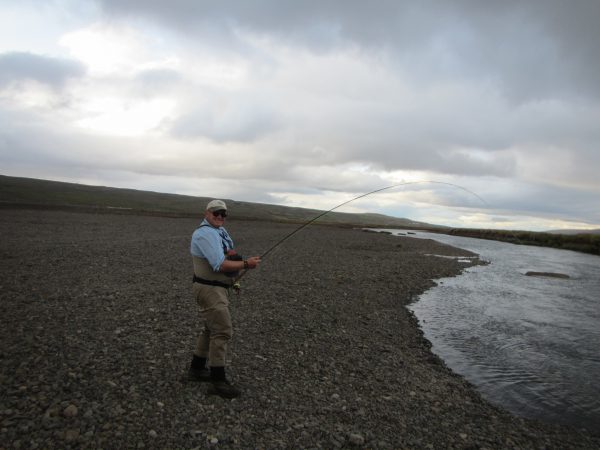
A familiar sight
Let´s start with the fly. Certain fisheries seem to favor certain types of flies. By talking to other anglers and based on one’s own experience, the “right” type of fly is tied on from the beginning. There are thousands of flies but only a limited number of types of flies. We do not carry a lot of flies, we just cover the types. Furthermore, Sibbi gets that fly to the depth where we think the fish are.
The leader
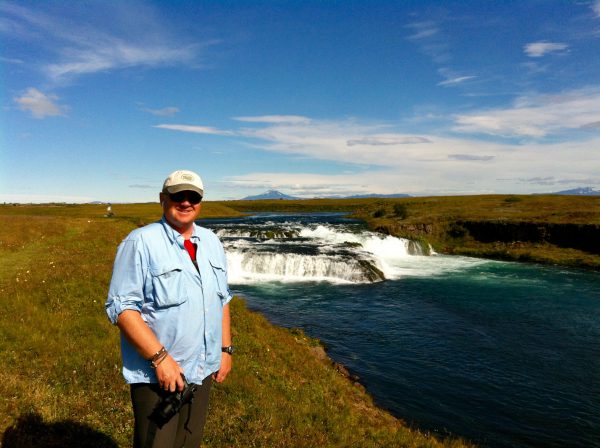
At Ægissíðufossar – Hekla looms in background
The leader Sibbi uses is the thinnest he can get away with, for instance, 10-pound or even 5-pound for salmon. Leader to fly-line connection is the least bulky for a nail knot connection. Tapered leaders are expensive (especially in Iceland), so he goes with a straight level tippet. Dry fly opportunities seldom present themselves in Iceland so he uses stiff tippet material. This results in the leader landing straight (fly line too), and the fly is fishing from the moment it is in the water. He also uses longer leaders than customary. When your casting improves, you can turn over longer leaders.
The line

In Hrútafjarðará
Sibbi never over-lines his rods, rather he under-lines them. Good casters do this frequently – the head might be a tad light but by carrying more running line (more overhang) the rods load well. Floaters are his preferred lines but he sometimes uses floaters with a clear intermediate section if he wants the fly deeper. He uses fly lines with “normal” weight distribution (the head has the same diameter throughout), but opts for the longer heads. The backing is totally immaterial.
The rod
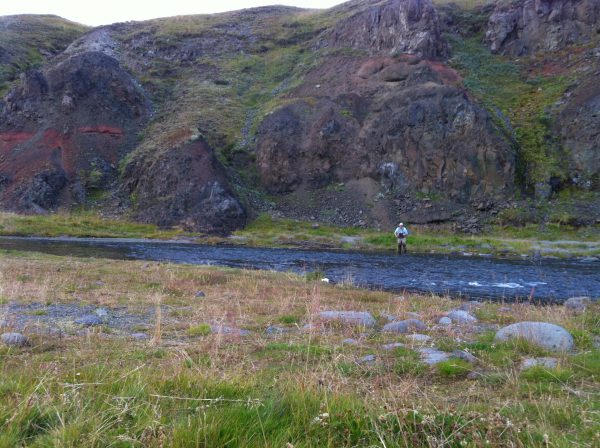
Searching for an angle
Now for the rod. Typically he uses lighter rods than the average angler, but often favors ten feet rods. Thus, he can cast a bit farther, hence stand farther away from the pools, which is important. He is into the so called fast action rods, but prefers rods that will bend in the middle. Fast, but no broomsticks. Most of his rods are old Loomis rods. His casting is superb, both length and accuracy, because he has practiced, and taken the time to develop such a cast. There is no or absolutely minimal false casting. The fly is placed with laser loops at the spot he thinks is the right one, then it swings across. One back cast and the fly is where it is supposed to be again, and everything is straight and fishing from the start. Basically, his fly is in the water (that´s where the fish they are) as much as possible. He can do this with any decent fly rod but he just likes the “feel” of certain rods. All good casters can use any rod, but they choose their rods based on “feel,” which is purely subjective.
The reel
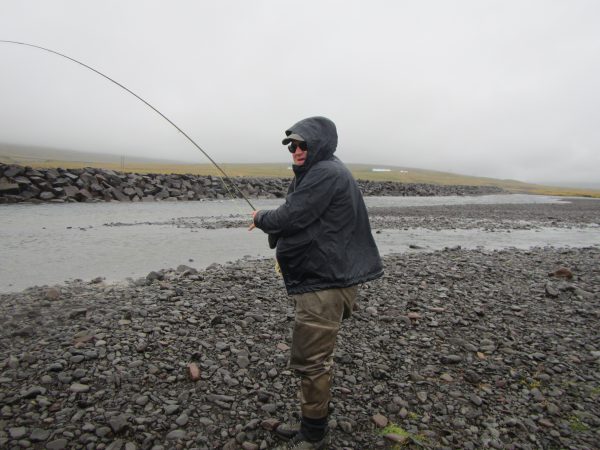
Did a salmon just jump?
Its importance has been vastly overblown. For most trout and grilse fishing you do not need an expensive reel. Any trout reel will do, and most trouters never see their backing. I have seen him catch countless salmon with a five-weight rod and a simple trout fly reel. However, if you connect with a 20 pound plus salmon in a foul mood (you very rarely do), you need something better. Last trip he connected with a salmon in that class, and the reel was a simple trout reel. It is no more, because it spun so fast that the lubricant overheated and it seized up – goodbye salmon.

Réttarstrengur in Hrútafjarðará
Reading the water
I have dealt with that subject for lakes fishing
https://everyjonahhasawhale.com/?page_id=1567
and here is the link to stream fishing
https://everyjonahhasawhale.com/?page_id=1570
Addition
When all of this is added together it becomes crystal clear why he is so successful at angling. He gains an advantage at every link in the system and when all is added up, it translates into a huge advantage in the end. Most anglers are too lazy or complacent to analyze themselves and do not hone their casting. And thus they are doomed to mediocrity.
What is the single most important item? – The cast
If I were to pick just one component of all these, I would absolutely pick the casting. The other ones are really rather simple, but good casting only comes from practice. It kills me when I see anglers in costly salmon rivers, and they have no cast or just terrible casts. This is also the case here where I live, most fly slingers can not handle the wind when fishing the salt.

Laxá í Mývatnssveit. Sigurbrandur Dagbjartsson
The truth
“You can observe a lot just by watching” – Yogi Berra
